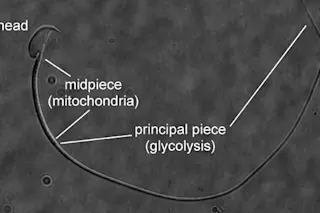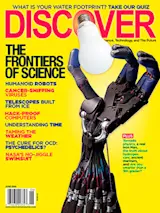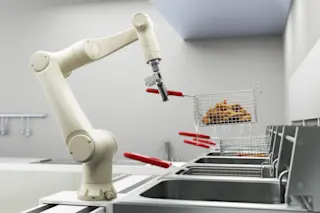1 Sperm-powered Nanobots The next wave in health care may include a brigade of medical nanobots, devices tiny enough to ride the flow of blood through the body's arteries to a problem area. The bots might arrive at a clot, for example, and then using an internal power system, obliterate the clot with a precisely targeted drug or therapy. Designing a power source to accomplish such a task has been a challenge, but from the College of Veterinary Medicine at Cornell University comes a possible answer. The same molecular power packs that fuel sperm in their journey through the uterus and to a fallopian tube might be copied and used to keep the nanomachines running once they reach their targets.
Led by reproductive biologist Alex Travis, the engineering effort focuses on a chain of enzymes that metabolize glucose molecules into the biological fuel ATP (a process known as glycolysis), which ...















